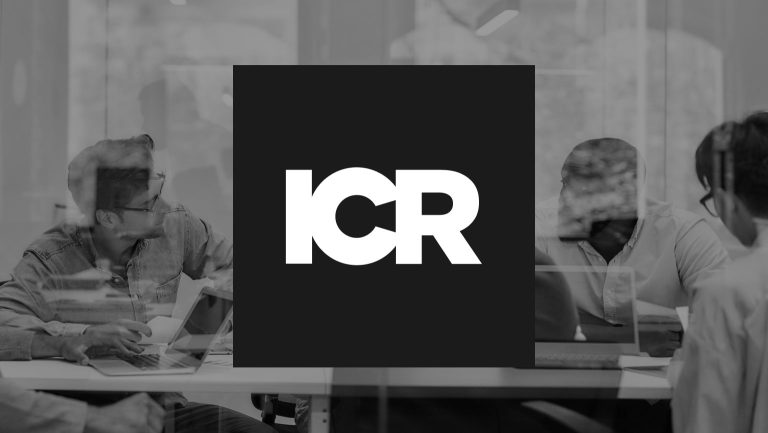All organizations, including publicly traded companies, hear about the importance of “controlling the narrative” in their communications. You should be able to tell your story your way — before anyone else gets to define it for you. However, that is much easier said than done. The public company ecosystem consists of a dynamic group of vocal participants, including sell-side analysts, hedge funds, activist investors, short sellers, index funds, regulators and the financial media, and many others, each with the ability and desire to communicate his or her point of view. And they operate in an increasingly interconnected world. Access to information is unlimited and immediate. Content knows no boundaries, and everyone has access to everything, all the time, at their fingertips. And most importantly, they draw conclusions and make decision based on that information.
So, with such a challenging external environment, it is incumbent on companies to do everything within their power to ensure their internal teams are fully integrated and coordinated. When investor relations and public relations teams work in silos, they present your company’s narrative from different perspectives — ultimately confusing the public, diluting your story, and opening the door for others to define your company story on their terms.
To truly control your company’s narrative, you must develop a single, unified story and adopt internal processes that ensure everyone is communicating that story on an ongoing basis. That starts with coordinating efforts between your investor relations and public relations teams — whether those functions are handled internally or by an external agency.
Here are a few steps to consider:
Speak a Common Language
Often, investor relations and public relations professionals function in silos, without a full understanding of or appreciation for the role of their counterparts. PR pros often lack financial acumen or capital markets experience, while IROs may assume PR is only relevant to the marketing department.
But the real world does not see the individual functions of investor relations and public relations; it sees information, commentary, and perspective — regardless of the source. It is critical for each discipline to gain an understanding of the other, where and how they most frequently intersect, what each audience is looking for, and what influences their perceptions most. This will create a common language that allows each to understand communications from the other.
Develop a Unified Plan Between Investor Relations and Public Relations
Every successful program starts with an integrated planning process. IR and PR teams should first develop a shared understanding of the overall goals, objectives and strategies of the plan. From there, each team can develop plans to achieve their respective objectives while properly laddering up to the overall goals of the company.
IR and PR teams should also coordinate calendars to take into consideration major events like earnings, annual meeting, industry conferences, non-deal roadshows, and expected business announcements. Then, allow time for regular update meetings and real-time information sharing, so the teams can stay aligned as the plan evolves.
Integrate Messaging and Positioning
Corporate positioning and messaging cannot be developed in silos. There is one company and one over-arching story. While messages need to be tailored to different audiences, they must all stem from the same core, and that must be jointly defined and developed with input from both the investor relations and public relations teams.
Whether your company is developing initial positioning work for the first time, conducting an annual refresh, or creating messaging for an important announcement, the IR and PR teams need to collaborate and integrate to develop the final product. While the interests of one team may weigh more heavily in certain situations, having the fingerprints of all is critical.
Ensure Coordinated Execution, Monitoring and Oversight
The fun really starts once you begin to implement; when communications planning meets the real-life execution of your communications plans. How is the media covering earnings? Did they misinterpret the company’s results? What is being said on Twitter about the recent lawsuit that was filed against the company? What does it mean when a sell-side analyst report references negative social media posts about a recent product launch? CNBC called and wants interview the CEO about a recent development with a competitor — should we do the interview?
None of these questions can be answered by one discipline alone. IR, PR, social media teams, and others need to provide their views. Your plan should anticipate the ripple effect of communications, and your teams should monitor closely to understand what is happening in the echo chamber. That way, you can best position each discipline to take actions to maintain control over the narrative.
Ultimately, integrated communications require professionals who are open-minded, see the bigger picture, and recognize that their individual interests are best served by engaging those outside their areas of expertise. Investor relations and public relations teams must look through the lens of their target audiences and think about what they are looking for, how they consume information, and how they will react to certain news. Only then — with coordinated effort between teams and an integrated communications approach — can your company truly control the narrative.
If your company needs help developing an integrated communications strategy, reach out.




